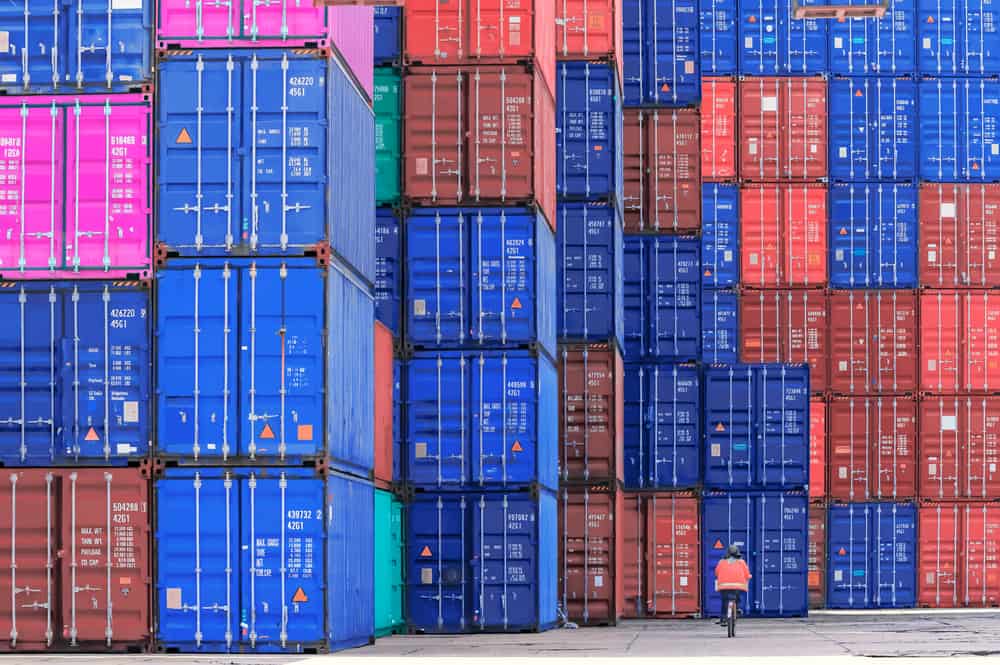1. Port Rules and Regulations
1.1 General Provisions
– Kwangyang Port operates under:
• Korea Port Authority Act (2023 Amendment)
• Maritime Safety Act (Article 3-5)
• International Ship and Port Facility Security (ISPS) Code
• Port Logistics Development Act (MOF Regulation No. 2023-11)
– Port jurisdiction boundaries defined in Kwangyang Port Area Designation Notice (MOF Announcement 2020-45), covering 34.5km² water area.
– All vessels must comply with IMO conventions (SOLAS, MARPOL, COLREG, STCW).
1.2 Navigation Rules
– Mandatory VHF monitoring:
• Channel 16 (primary)
• Channel 12 (port operations)
• Channel 14 (VTS communications)
– Speed limits:
• 6 knots in docking area (500m from berths)
• 10 knots in inner harbor (Zone A)
• 12 knots in outer anchorage (Zone B)
– Restricted areas clearly marked on ENC charts (KHOA Chart No. KYA-2023-1E, last updated 2024-03).
– Typhoon procedures:
• Vessels >5,000 GT must evacuate when Signal No. 3 issued
• Mandatory anchor watch during Signal No. 1-2
• Reference: Kwangyang Port Typhoon Response Manual v4.2
1.3 Berthing Requirements
– Notice periods:
• 24 hours for vessels >500 GT
• 48 hours for hazardous cargo vessels
• 72 hours for VLCCs (>200,000 DWT)
– Pilotage requirements:
• Mandatory for vessels >3,000 GT or LOA >150m
• Two pilots required for vessels >300m LOA
– Mooring standards:
• ISO 3918 certified equipment
• Minimum breaking strength: 125% of MBL
– Underkeel clearance:
• Minimum 1.0m or 10% of draft (whichever greater)
• 15% recommended during spring tides
1.4 Cargo Operations
– Hazardous materials:
• 48-hour pre-arrival notice
• IMDG Code compliance mandatory
• Special berths: No. 3, 7, and 9 only
– Bulk cargo:
• Grain operations follow IMO Grain Code
• Dust suppression systems required
– Container operations:
• CSC plate verification mandatory
• Overweight containers (>30.48 tons) require special permit
2. Compliance Requirements
2.1 Document Submission
– Pre-arrival documents:
• ISPS Code documents (including SSO declaration)
• Last 3 PSC reports (Tokyo MOU format)
• Crew vaccination records (if applicable)
• Bunker delivery notes (for ECA compliance)
– Timeframes:
• 48 hours for general vessels
• 72 hours for high-risk vessels
2.2 Environmental Compliance
– Fuel requirements:
• 0.1% sulfur in ECA zones
• 0.5% sulfur outside ECAs
– Discharge prohibitions:
• Zero discharge within 12nm for oil
• Sewage discharge only beyond 3nm
– Ballast water:
• D-2 standard mandatory
• Exchange required beyond 200nm
2.3 Safety Equipment
– Life-saving appliances:
• SOLAS-certified with valid servicing
• Monthly drills documented
– Fire safety:
• Minimum 4 fire teams for vessels >10,000 GT
• Hot work permits required
– Gas detection:
• 2 portable detectors minimum
• Calibration certificates required
3. Enforcement Measures
3.1 Penalties
– Navigation violations:
• Up to KRW 10 million for unauthorized anchorage
• License suspension for repeat offenders
– Pollution offenses:
• Immediate fine + cleanup costs
• Criminal charges for major spills
– Documentation fraud:
• Customs Act Article 269 penalties
• Vessel blacklisting possible
3.2 Inspection Regime
– PSC inspections:
• 15% random selection rate
• 100% for high-risk vessels
– Expanded inspections:
• Mandatory for vessels >20 years
• 6-hour minimum duration
– Security drills:
• Quarterly exercises
• ISPS Code Part A/18.1 compliance
4. Safety Provisions
4.1 Emergency Procedures
– Oil spill response:
• Immediate reporting for >1 ton spills
• National Contingency Plan activation
– Shelter areas:
• 3 designated zones (coordinates in NTM 2023/15)
• Minimum depth 20m
– Medical evacuation:
• Helicopter landing zones at Berths 5-8
• 24/7 ambulance service
4.2 Crew Safety
– Work permits:
• Hot work
• Confined space entry
• Height work
– Medical facilities:
• ISO 9001:2015 certified hospital
• Hyperbaric chamber available
– Crew changes:
• Follow Korea Quarantine Guidelines v5.1
• Designated transit areas
5. Operational References
5.1 Hydrographic Data
– Tides:
• Maximum range: 3.2m
• Chart Datum: MLLW
– Currents:
• Max 2.8 knots (spring tides)
• Eddy zones near West Breakwater
5.2 Port Services
– Bunkering:
• All berths supply ISO 8217:2017 fuels
• Mass flow meters mandatory
– Utilities:
• Fresh water: 500 tons/hour
• Shore power: Berths 1-6, 9-12
– Waste management:
• Licensed contractors only
• Digital waste tracking





